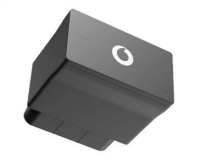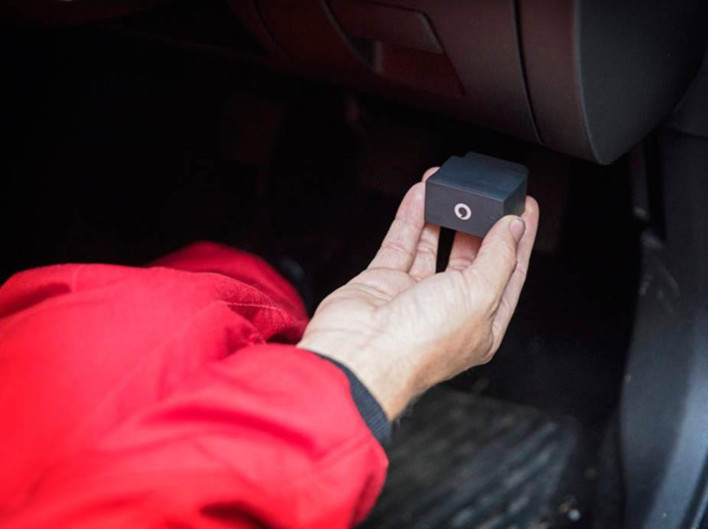Telematics or “Black Box” insurance is a great way for inexperienced drivers to make their insurance premiums more affordable. By tracking the way that you drive, your insurer can see that you’re a good driver, lowering the cost of your insurance as a reward. However, if you drive poorly, there may be negative consequences, for example, your policy may be cancelled.
Self-install Black Boxes have become popular over the years as drivers seek to have more control over their insurance premiums. In this guide, we’ll show you the key steps to take with several different types of Black Box — so that you can get on the roads as quickly and as safely as possible.
What is a Black Box?
A telematics device or Black Box is a piece of equipment that will fit into your car when you take out a Black Box insurance policy.
The device will measure aspects of your driving, like speed, acceleration and how hard you brake, to gauge the safety of your driving. It all relies on GPS technology.

What types of Black Box are there?
There are two different types of telematics devices: self-install black boxes and professionally fitted black boxes.
Most Black Boxes these days require easy self-installation, but if you have an old car or a damaged Onboard Diagnostic Port you may have to have the telematics device installed by a mechanic.
Your insurer will send you the device that is most appropriate for your vehicle, or with some insurers, you will be able to choose which is most suitable for you.
Self installed
Self-installed telematics devices have quickly become the most popular way to get set up. They’re quick and easy to install, meaning you can get driving straight away. Fitting instructions will be sent with your device, and you’ll need to install your device within 21 days of receiving it. A self-install black box will plug into the Onboard Diagnostic Port. After installation, it’ll start working every time you turn on your engine.
Mechanic installed
These devices are usually fitted internally — out of the line of sight — either behind the dashboard or close to the engine. After you purchase your policy, your insurance provider will make an appointment for an engineer to install the device at a time convenient to you, within the next 21 days. This may take up an hour to install.

How to install an Onboard Diagnostic Port Plug-in Black Box or telematics device
Installing your telematics device couldn’t be easier.
- Ensure that your vehicle is in a place where there is good Internet connectivity and GPS coverage.
- Find the Onboard Diagnostic Port, often located on the passenger side of the vehicle, in the glove compartment, or elsewhere in your vehicle. These images should help you locate it.
- Ensure that the ignition in your vehicle is OFF, before plugging the telematics device in — then wait while it connects.
- When the device has been successfully connected, ensure that your vehicle ignition remains off whilst the service activates
Installation FAQs
No, as soon as you have received the insurance paperwork (by email) you are classed as insured on the car, and you can start driving it straight away. Once the device is sent to you, install it as soon as possible so that we can start gathering accurate information. You should install your black box within 21 days of receiving it in order to continue with the policy.
No, the Black Box does not affect your car’s functionality. Once it’s installed, you’ll soon forget that it’s there, which means that you can enjoy the freedoms that come with having a car.
You will see a small LED light on the box, and that’s how you know that it’s working.
Black Box installation guide
So if you’re wondering how easy it is to install a telematics device in your car, you needn't worry! With an easy-install black box, all you need to do is plug and go.
Ready to find out more?